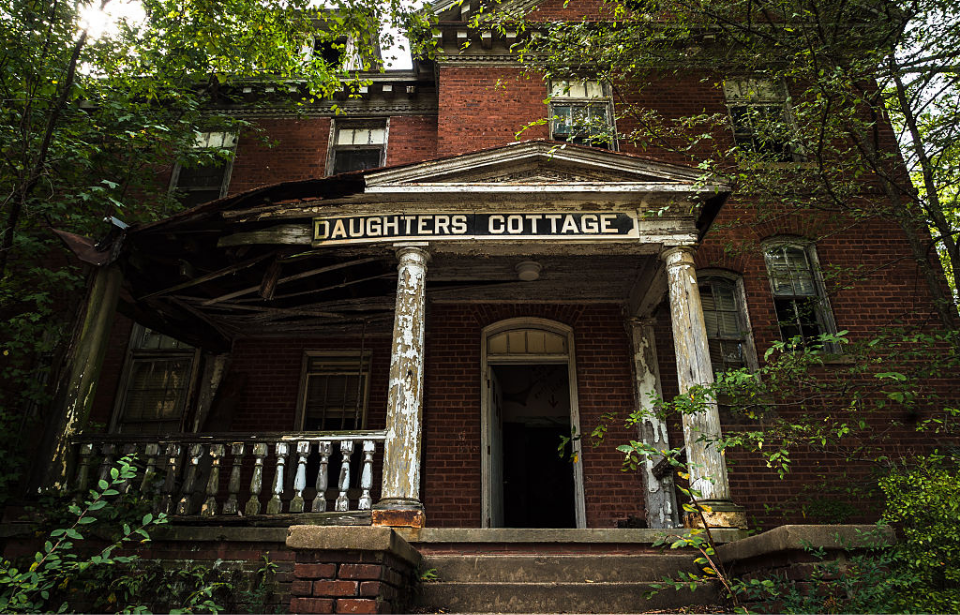Stonewall Jackson Youth Development Center is a juvenile correction facility located in unincorporated Cabarrus County, North Carolina. Named after Confederate General Stonewall Jackson, it has a dark past involving the mistreatment of inmates.
Establishment of the Stonewall Jackson Youth Development Center
Stonewall Jackson Youth Development Center was established in 1907, the result of 20 years of lobbying by various women’s groups in North Carolina. Of particular influence were the Women’s Christian Temperance Union, the United Daughters of the Confederation (UDC), the North Carolina Federation of Women’s Clubs (NCFWC) and the North Carolina chapter of the King’s Daughters.
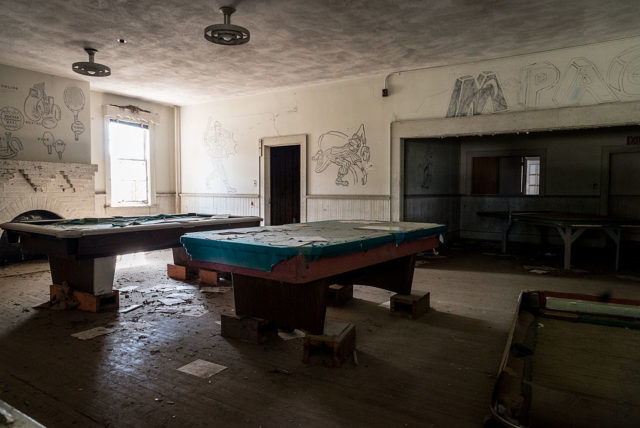
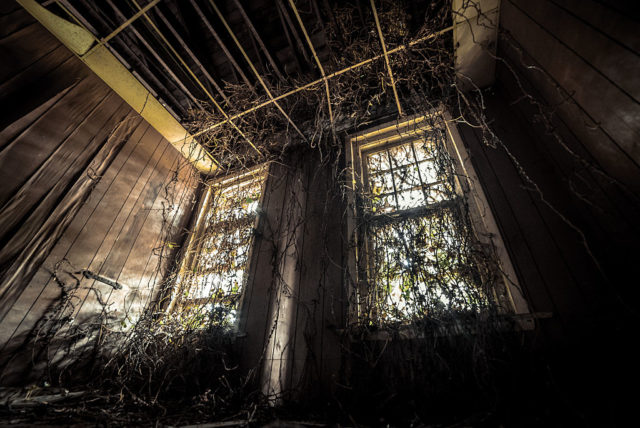
The groups wanted a reformatory for White boys, away from adult inmates who’d committed more serious crimes. After the King’s Daughters promised to name the facility after General Stonewall Jackson, Confederate veterans in the state legislature gave their approval to the project.
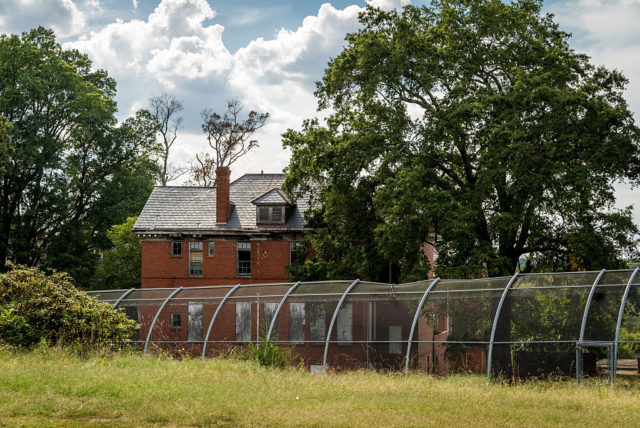
The facility opened as the Stonewall Jackson Manual Training and Industrial School in 1909, operated by the North Carolina Department of Juvenile Justice and Delinquency Prevention. Originally spanning 290 acres, it grew to encompass 900, with 58 acres still in use today.
Operations prior to World War II
Upon opening, Stonewall Jackson Youth Development Center was considered a progressive institution. Those youth who were incarcerated were there for minor issues with the law, including school truancy, and were housed in dormitory-style housing.
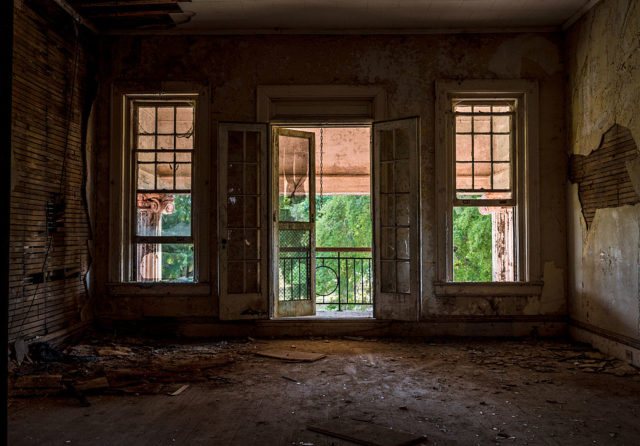
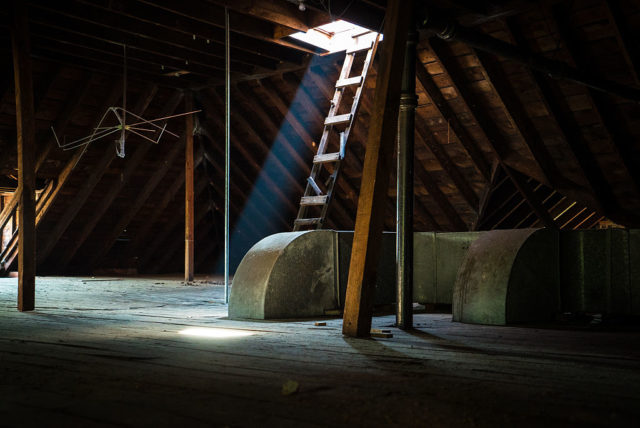
The youth were given an education and taught a trade in industries such as printing, textiles, shoemaking, barbering and in a machine shop. Many of them also worked on the school’s farm, learning agricultural methods used to maintain the cattle herds and fields that supported the facility.
Controversy arose in the 1940s
Stonewall Jackson Youth Development Center became the subject of controversy in 1948, when it performed vasectomies on six teenage boys. The procedures had been authorized by North Carolina’s Eugenics board, at a time when the state wanted to “improve” its population through sterilization.
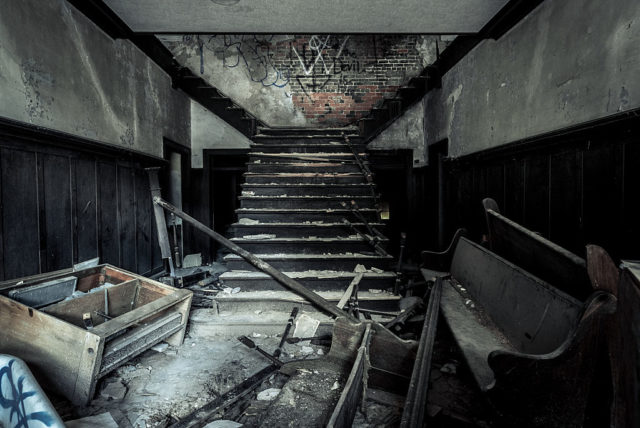
In the decades that followed, the facility experienced similar issues to other detention centers, including violence among the inmates, rape and overcrowding. At its peak, it held approximately 500 youth, many of whom complained about the inhumane conditions.
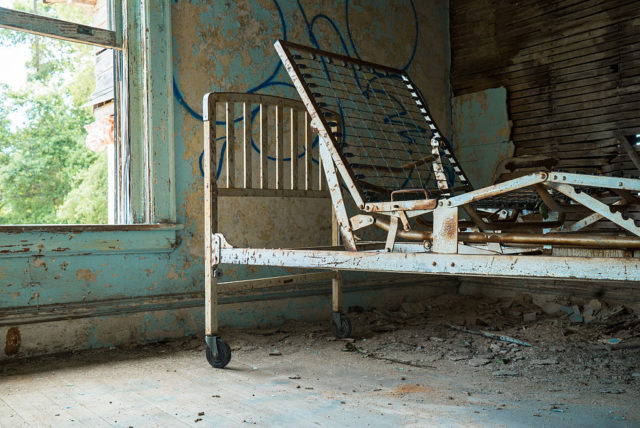
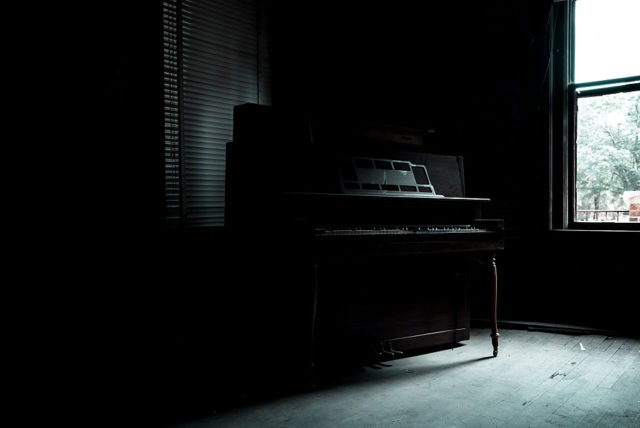
Ideas surrounding the treatment of delinquent youth began to change in the 1970s, resulting in the state reducing the overall population of the facility. This was the second such reduction to occur, following the end of the facility’s agricultural program.
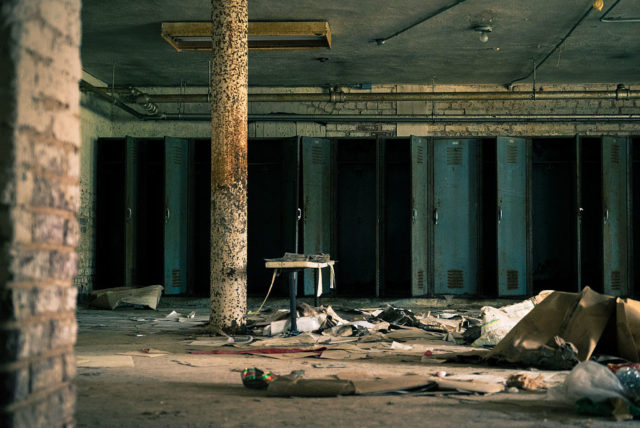
In later years, the facility transitioned from housing delinquent youth to those convicted of more serious offenses, such as weapons-related charges and drug abuse. To ensure the safety of both inmates and the surrounding community, 60 acres of the property were enclosed by a 15-foot-high fence.
Stonewall Jackson Youth Development Center today
In March 1984, Stonewall Jackson Youth Development Center was added to the National Register of Historic Places, due to the quality of its earlier buildings and its pioneering status. Eight years later, the facility adopted a pet therapy program, in which inmates learned to care for dogs that were later put up for adoption.
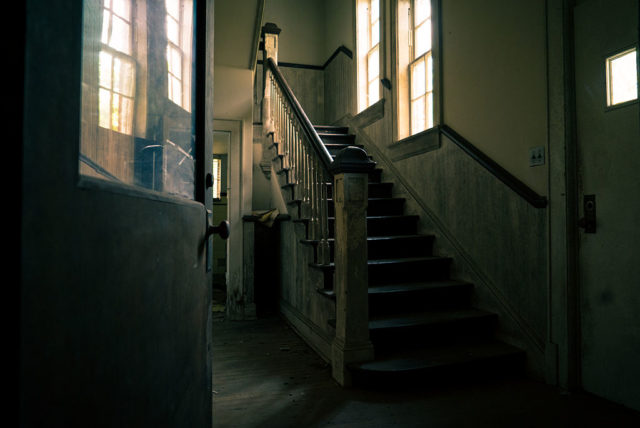
In 2008, the Cabarrus Complex was built down the road from Stonewall Jackson Youth Development Center and its youth transferred. Seven years later, it was reported that 23 of its 60 structures were still in use, largely for storage purposes.
As of 2018-19, the Cabarrus Complex was said to house 107 inmates, supervised by 257 full-time staff. Its purpose is to serve “at-risk youth” by allowing them to obtain their GED or attend high school classes.
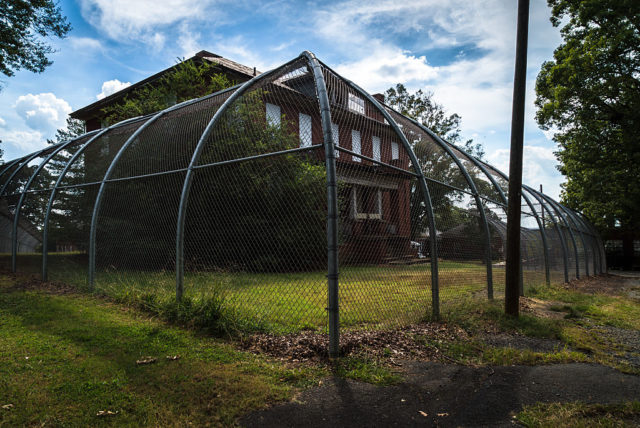
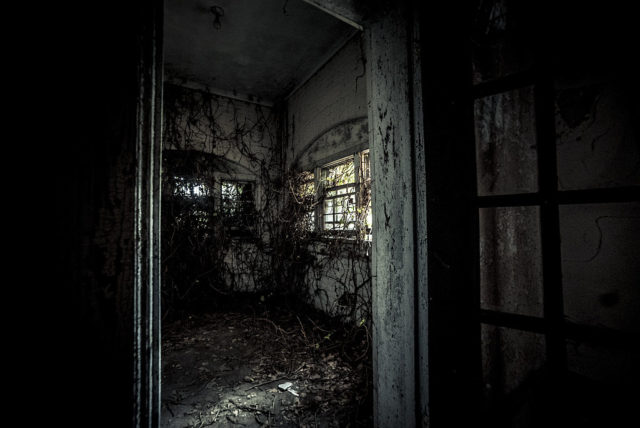
More from us: Atlanta Prison Farm: A Troubled History Glossed Over
At present, the majority of the older buildings that make up the facility are surrounded by fencing and razor wire. According to state officials, this is because many of them have been condemned for being unsafe.
In 2020, State Senator Paul Newton sponsored a bill to transfer the property, along with Frank Liske Park, to Cabarrus County.
